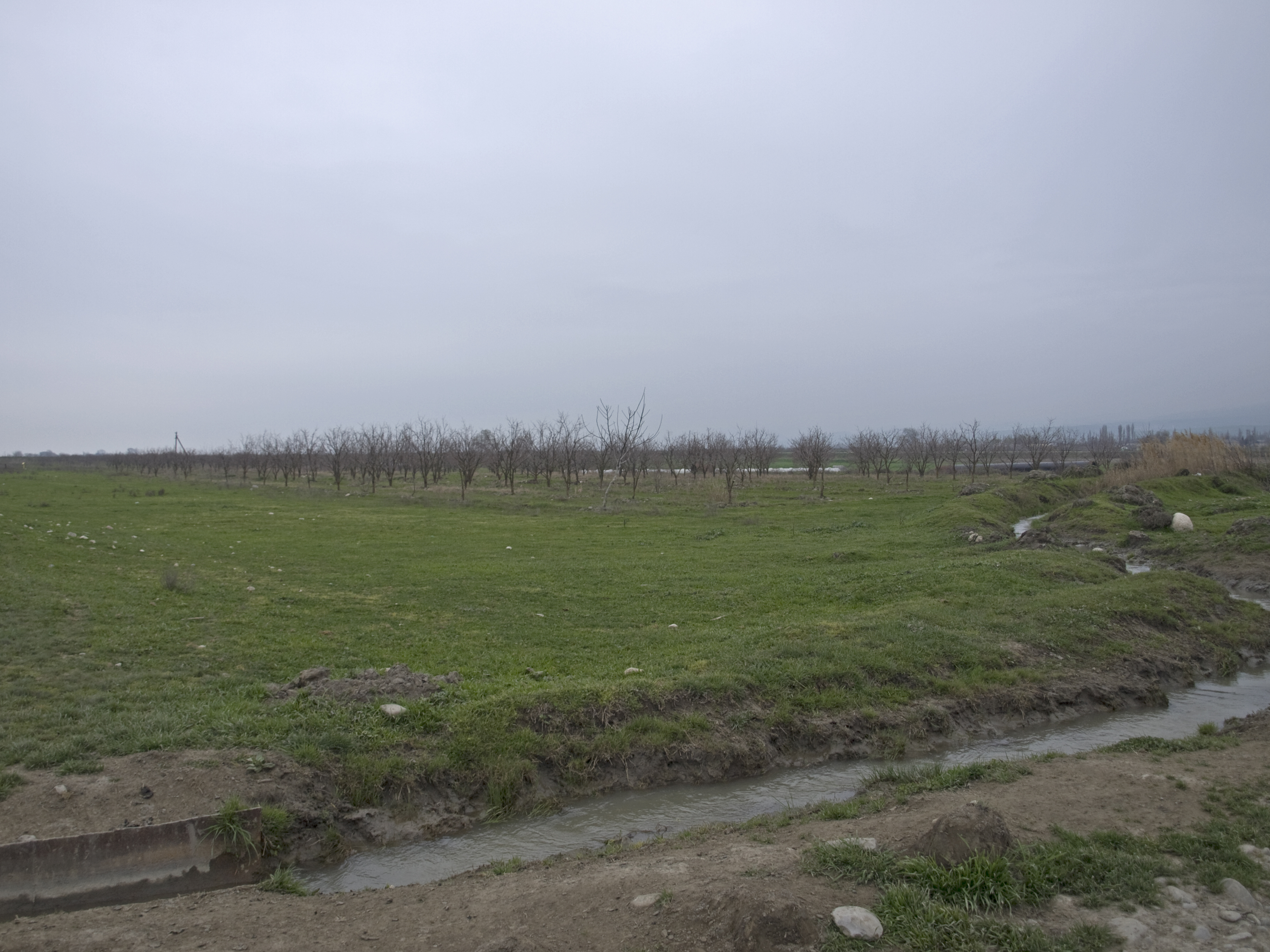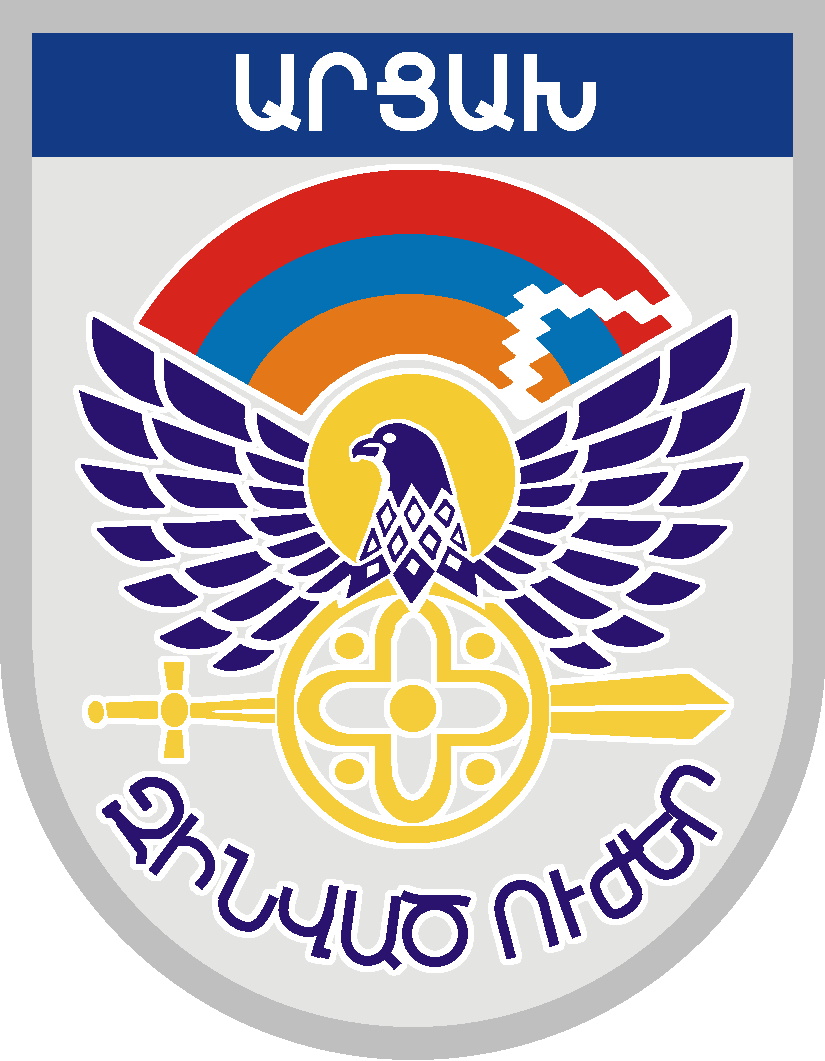|
Kilvar
Kilvar ( hy, Քիլվար; Tat: Kilvar) is a village in the Shabran District of Azerbaijan. The village forms part of the municipality of Pirəbədil. In 1908, the population of Kilvar was 599 Tat people. Kilvar was home to one of the last two Armeno-Tat communities in Azerbaijan, with the other one in Madrasa, before the exodus of Armenians from Azerbaijan after the outbreak of the Nagorno-Karabakh conflict The Nagorno-Karabakh conflict is an ethnic and territorial conflict between Armenia and Azerbaijan over the disputed region of Nagorno-Karabakh, inhabited mostly by ethnic Armenians, and seven surrounding districts, inhabited mostly by Azerbaij .... Gallery Inscription of Kilvar church, Shabran, Azerbaijan 01.jpg, Inscription above the doorway of the Armenian church References External links * Populated places in Shabran District {{Davachi-geo-stub ... [...More Info...] [...Related Items...] OR: [Wikipedia] [Google] [Baidu] |
Armeno-Tats
Armeno-Tats ( hy, հայ-թաթեր – ''hay-tater'') are a distinct group of Christian Tat-speaking Armenians that historically populated eastern parts of the South Caucasus, in what constitutes the modern-day Republic of Azerbaijan. Most scholars researching the Tat language, such as Boris Miller and Igrar Aliyev, agree that Armeno-Tats are ethnic Armenians who underwent a language shift and adopted Tat as their first language. This is explained on one hand by the self-identification of Armeno-Tats who stated during Miller's research that they consider themselves Armenian as well as by some linguistic features of their dialect.Boris Miller. ''Tats: Their Settlement and Dialects''. Azerbaijan Research and Study Society. Baku, 1929. The Armeno-Tats formerly lived in Madrasa and Kilvar in Azerbaijan, but have almost entirely moved to Armenia and Russia. History Adam Olearius travelled through the historical region of Shirvan (present-day central Azerbaijan) in 1637 and mentioned th ... [...More Info...] [...Related Items...] OR: [Wikipedia] [Google] [Baidu] |
ZeyvÉ™, Davachi
Zeyvə (also, Zeyva) is a village and municipality in the Davachi Rayon of Azerbaijan. It has a population of 1,252. The municipality consists of the villages of Zeyvə and Kilvar Kilvar ( hy, Քիլվար; Tat: Kilvar) is a village in the Shabran District of Azerbaijan. The village forms part of the municipality of Pirəbədil. In 1908, the population of Kilvar was 599 Tat people. Kilvar was home to one of the last two .... References * Populated places in Shabran District {{Davachi-geo-stub ... [...More Info...] [...Related Items...] OR: [Wikipedia] [Google] [Baidu] |
Mədrəsə
Mədrəsə (; hy, Մատրասա, Matrasa; Tat:''Mədrəsə'') is a village and municipality in the Shamakhi District of Azerbaijan. This village had a generally homogeneous Armenian population in 1918 and maintained a significant Armenian presence up until the forced exodus of Armenians from Azerbaijan in 1988. It has a population of 2,597. Madrasa was home to one of the last two Armeno-Tat Armeno-Tats ( hy, հայ-թաթեր – ''hay-tater'') are a distinct group of Christian Tat-speaking Armenians that historically populated eastern parts of the South Caucasus, in what constitutes the modern-day Republic of Azerbaijan. Most schola ... communities in Azerbaijan, until they were expelled in the 1990s. It is the origin of the Madrasa grape, which is still cultivated locally and internationally for winemaking. See also * Kilvar References External links * Populated places in Shamakhi District Baku Governorate {{Shamakhi-geo-stub ... [...More Info...] [...Related Items...] OR: [Wikipedia] [Google] [Baidu] |
Administrative Divisions Of Azerbaijan
Azerbaijan is administratively divided into 66 districts () and 11 cities () that are subordinate to the Republic. Out of these, 7 districts and 1 city is located within the Nakhchivan Autonomous Republic. The districts are further divided into municipalities (). Additionally, the districts of Azerbaijan are grouped into 14 Economic Regions (). On July 7, 2021, the President of Azerbaijan Ilham Aliyev signed Decree "On the new division of economic regions in the Republic of Azerbaijan". Administrative divisions Contiguous Azerbaijan The territory of former Nagorno-Karabakh Autonomous Oblast presently consists of the districts of Khojavend, Shusha, Khojaly, the eastern portion of Kalbajar and the western portion of Tartar. The Autonomous Oblast was abolished on 26 November 1991, by the Supreme Soviet of the Azerbaijan SSR. Since then, the territory of the autonomous oblast has been administratively split between the aforementioned districts. As a result of the First N ... [...More Info...] [...Related Items...] OR: [Wikipedia] [Google] [Baidu] |
Shabran District
Shabran District ( az, Ĺžabran rayonu) is one of the 66 Administrative divisions of Azerbaijan, districts of Azerbaijan. It is located in the north-east of the country and belongs to the Guba-Khachmaz Economic Region. The district borders the districts of Khachmaz District, Khachmaz, Quba District (Azerbaijan), Quba, Khizi District, Khizi and Siyazan District, Siyazan. Its capital and largest city is Ĺžabran, Shabran. As of 2020, the district had a population of 59,900. History The district was formed as Davachi District on August 8, 1930. It was abolished and included into Absheron District in 1963, however, two years later, the district was re-established. In 1992, the new Siazan District was formed south of modern Shabran District by the order of the National Assembly of Azerbaijan, which included part of Davachi District's territory. In 2010, the district was renamed ''Shabran District''. Geography The greater part of the district is mountainous. The Caspian Sea is locate ... [...More Info...] [...Related Items...] OR: [Wikipedia] [Google] [Baidu] |
Azerbaijan Time
Azerbaijan Time ( az, Azərbaycanda vaxt), abbreviated as AZT, is the standard time zone in Azerbaijan, four hours ahead of UTC ( UTC+04:00). The daylight saving time adjustment, Azerbaijan Summer Time (AZST), was one hour ahead at UTC+05:00 and was introduced in 1997 and discontinued in March 2016. Azerbaijan Time is the same as Samara Time (Russia), United Arab Emirates Standard Time, Georgia Time, Armenia Time and Seychelles Time. IANA time zone database The IANA time zone database The tz database is a collaborative compilation of information about the world's time zones, primarily intended for use with computer programs and operating systems. Paul Eggert is its current editor and maintainer, with the organizational backi ... contains one zone for Azerbaijan in the file zone.tab, named Asia/Baku. References Time in Azerbaijan {{Azerbaijan-stub ... [...More Info...] [...Related Items...] OR: [Wikipedia] [Google] [Baidu] |
Tat Language (Caucasus)
The Tat language, also known as Caucasian Persian, Tat/Tati Persian,Gernot Windfuhr, "Persian Grammar: history and state of its study", Walter de Gruyter, 1979. pg 4:""Tat- Persian spoken in the East Caucasus"" or Caucasian Tat, is a Southwestern Iranian language closely related to, but not fully mutually intelligible with Persian and spoken by the Tats in Azerbaijan and Russia. There is also an Iranian language called Judeo-Tat spoken by Jews of Caucasus. General information The Tats are an indigenous Iranian people in the Caucasus who trace their origin to the Sassanid-period migrants from Iran (ca. fifth century AD). Tat is endangered,Do the Talysh and Tat Languages Have a Future in Azerbaijan? classified as "severely endangered" by |
Azerbaijan
Azerbaijan (, ; az, Azərbaycan ), officially the Republic of Azerbaijan, , also sometimes officially called the Azerbaijan Republic is a transcontinental country located at the boundary of Eastern Europe and Western Asia. It is a part of the South Caucasus region and is bounded by the Caspian Sea to the east, Russia (Republic of Dagestan) to the north, Georgia to the northwest, Armenia and Turkey to the west, and Iran to the south. Baku is the capital and largest city. The Azerbaijan Democratic Republic proclaimed its independence from the Transcaucasian Democratic Federative Republic in 1918 and became the first secular democratic Muslim-majority state. In 1920, the country was incorporated into the Soviet Union as the Azerbaijan SSR. The modern Republic of Azerbaijan proclaimed its independence on 30 August 1991, shortly before the dissolution of the Soviet Union in the same year. In September 1991, the ethnic Armenian majority of the Nagorno-Karabakh region formed the ... [...More Info...] [...Related Items...] OR: [Wikipedia] [Google] [Baidu] |
Pirəbədil
Pirəbədil (also, Pirebedil’) is a village and municipality in the Davachi Rayon of Azerbaijan. It has a population of 834. The municipality consists of the villages of Pirəbədil, Sumağava, Sumağavaqazma, and Zöhramlı. Notable natives * Ayna Sultanova — one of the first Azeri women revolutionaries, People's Commissar of Justice of the Azerbaijan SSR; its name is associated with appearance of the first in the East women's magazine "Shark Kadyny" ("Woman of the East"); sister of Gazanfar Musabekov and the wife of Hamid Sultanov. * Gazanfar Musabekov Gazanfar Mahmud oghlu Musabeyov or Musabekov ( az, Qəzənfər Mahmud oğlu Musabəyov, , Perebidil, Baku Governorate - 9 February 1938, Moscow) was an Azerbaijani Bolshevik revolutionary and Soviet statesman. He was Chairman of the Central Exe ... — Chairman of the Council of People's Commissars of the Azerbaijan SSR (1922–1930), Chairman of the Council of People's Commissars ZSFSR (1932–1936), Chairman of t ... [...More Info...] [...Related Items...] OR: [Wikipedia] [Google] [Baidu] |
Tat People (Caucasus)
The Tat people (also: ''Tat'', ''Parsi'', ''Daghli'', ''Lohijon'') are an Iranian people presently living within Azerbaijan and Russia (mainly Southern Dagestan). The Tats are part of the indigenous peoples of Iranian origin in the Caucasus. Tats use the Tat language, a southwestern Iranian language somewhat different from Standard Persian, as well as Azerbaijani and Russian. Tats are mainly Shia Muslims with a significant Sunni Muslim minority. The 1886–1892 Tsarist population figures counted 124,683 Tats in the Russian Caucasus of which 118,165 were located in the Baku Governorate and 3,609 in the Dagestan Oblast.Tsutsiev, Arthur. "Appendix 3: Ethnic Composition of the Caucasus: Historical Population Statistics". Atlas of the Ethno-Political History of the Caucasus, New Haven: Yale University Press, 2014, p. 180. The 1897 Russian Empire census recorded 95,056 Tats, of which 89,519 were in the Baku Governorate and 2,998 in the Dagestan Oblast. The 1926 Soviet census only c ... [...More Info...] [...Related Items...] OR: [Wikipedia] [Google] [Baidu] |
Armenians In Azerbaijan
Armenians in Azerbaijan are the Armenians who lived in great numbers in the modern state of Azerbaijan and its precursor, Soviet Azerbaijan. According to the statistics, about 500,000 Armenians lived in Soviet Azerbaijan prior to the outbreak of the First Nagorno-Karabakh War in 1988. Most of the Armenian-Azerbaijanis however had to flee the republic, like Azerbaijanis in Armenia, in the events leading up to the First Nagorno-Karabakh War, a result of the ongoing Armenian-Azerbaijani conflict. Atrocities directed against the Armenian population took place in Sumgait (February 1988), Ganja (Kirovabad, November 1988) and Baku (January 1990). Today the vast majority of Armenians in Azerbaijan live in territory controlled by the break-away region Nagorno-KarabakhAssessment for Arm ... [...More Info...] [...Related Items...] OR: [Wikipedia] [Google] [Baidu] |
Nagorno-Karabakh Conflict
The Nagorno-Karabakh conflict is an ethnic and territorial conflict between Armenia and Azerbaijan over the disputed region of Nagorno-Karabakh, inhabited mostly by ethnic Armenians, and seven surrounding districts, inhabited mostly by Azerbaijanis until their expulsion during the First Nagorno-Karabakh War. Some of these territories are ''de facto'' controlled, and some are claimed by the breakaway Republic of Artsakh although they have been internationally recognized as part of Azerbaijan. The conflict has its origins in the early 20th century, but the present conflict began in 1988, when the Karabakh Armenians demanded transferring Karabakh from Soviet Azerbaijan to Soviet Armenia. The conflict escalated into a full-scale war in the early 1990s which later transformed into a low-intensity conflict until four-day escalation in April 2016 and then into another full-scale war in 2020. A ceasefire signed in 1994 in Bishkek was followed by two decades of relative stability ... [...More Info...] [...Related Items...] OR: [Wikipedia] [Google] [Baidu] |






